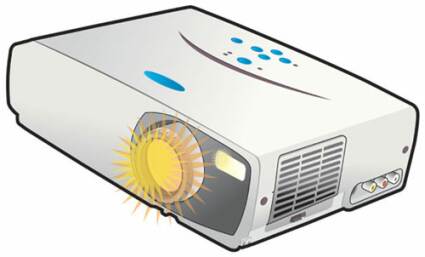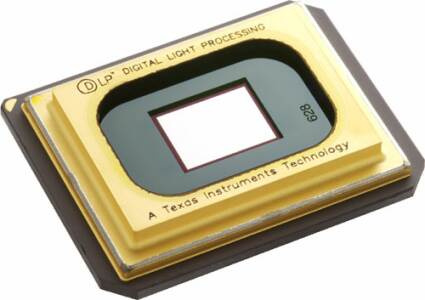Home Theater Cinema Paradiso With Video Projectors
Forget about expensive LCD TV screens: A digital video projector can do a better job for a whole lot less. A blank white wall and an investment of less than $1,500 can transform your living room into a movie theater minus the $10 plus tickets and obnoxious crowds. THG illustrates how now-affordable digital video projectors work as well as what to avoid.
DLP Technology

In a nutshell, DLP (Digital Light Processing) technology, also called DMD (Digital Micromirror Device), is based on the principle of reflection. The digital signal is interpreted as commands to micro-mirrors which either do or don't reflect the light coming from the projector lamp.
Basic Principle
In 1987, Texas Instruments developed a reflector called DMD. The component has a matrix of 1.3 million microscopic mirrors set on pivoting heads that orient them to the light source. You could simply say that each mirror corresponds to one pixel of the image being projected. Since the base resolution of a matrix is 1280x1024, the result is a 1.3 million-pixel image. Projector manufacturers add a light source (the lamp) and a projection lens to the reflector. Together they make up DLP technology.

Sign up to get the BEST of Tom's Guide direct to your inbox.
Get instant access to breaking news, the hottest reviews, great deals and helpful tips.
Current page: Home Theater Cinema Paradiso With Video Projectors
Next Page And There Was LightTom's Guide upgrades your life by helping you decide what products to buy, finding the best deals and showing you how to get the most out of them and solving problems as they arise. Tom's Guide is here to help you accomplish your goals, find great products without the hassle, get the best deals, discover things others don’t want you to know and save time when problems arise. Visit the About Tom's Guide page for more information and to find out how we test products.

